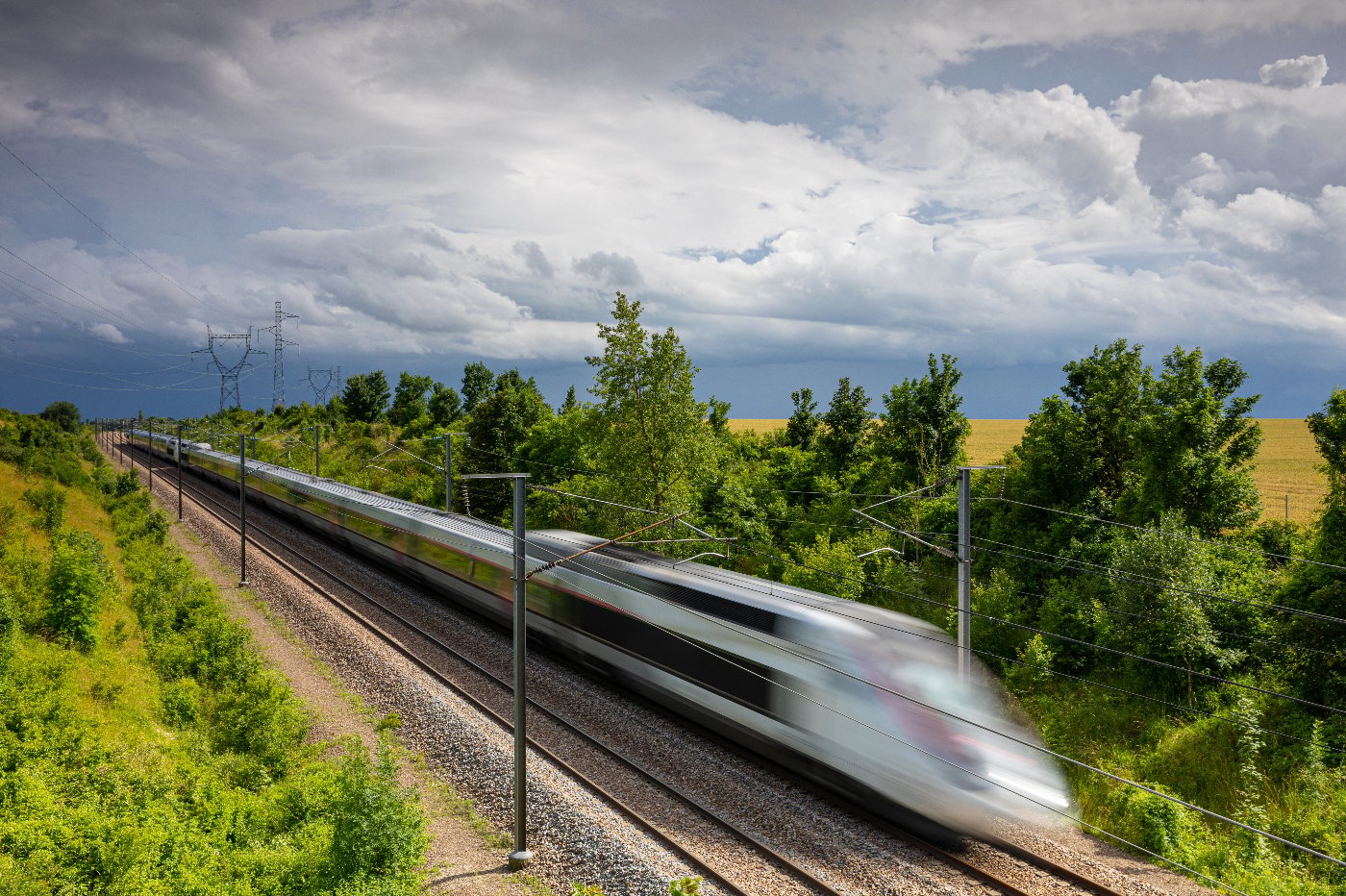After two consecutive flights in which the Starship ship exploded shortly after separating from the propeller, a conservative approach by Spacex for the ninth launch could be expected. Nothing is further from reality.
Double Tirabuzón without a network for the Super Heavy. Elon Musk’s company knows how to maintain emotion for flight 9, and the riskiest plans focus on the largest part of the rocket: the super heavy propeller.
Spacex will not only reuse for the first time one of the three super heavy who have successfully landed in the arms of the launch tower. At the same time, he plans to test with only two engines available for the braking and landing maneuver. It is a deliberate resistance test to verify what would happen if a propellant engine fails during the reentry.
Straight to the Gulf of Mexico. In this case, Spacex will not try to catch the propeller for the second time. The landing maneuver is so extreme (first super heavy used, with only two lit engines and without failure tolerance) that the rocket will discard. Instead of returning to the tower, he will make an essay of the maneuver in the Atlantic Ocean, finishing his mission with a shocking.
Spacex already has a second Mechazilla tower in Starbase capable of catching rockets with its robotic arms, but needs both for when, in addition to the 70 -meter Super Heavy propeller, the 50 -meter Starship ship begins to land in the other tower. Something that Spacex would have tried for the first time on this flight 9 if it had not been for the catastrophic failures of flights 7 and 8, which have delayed those plans. Even so, we are going to have fun.
29 used engines. Spacex has already performed a propeller ignition test that will launch the starship in this ninth launch: Booster 14. He first took off on January 16 and was successfully captured by the tower a few minutes later, while the starship lost control.
The first time Spacex reused a propeller of Falcon 9 had spent a year since its launch. With the Super Heavy just three months have passed. In addition, there is no trap or cardboard: 29 of the 33 engines that wearing booster 14 are used. Of course, Spacex is still far from the rapid reuse “Zero-Touch reflight” (land, loading propellents and getting off again) to which he aspires. Especially with the ship and its thermal shield.
All eyes put on the ship. To land a used rocket of 70 meters high with a less engine is impressive, but the super heavy will not be the protagonist of this flight. It must necessarily be the Starship 35 because it is the third ship of version 2 that will launch Spacex. Their two predecessors had an abrupt end for excessive vibrations near the engines, which led to leaks, fires and explosions.
The S35 ship completed its cryogenic tests in mid -March, but has not made a long ignition like the S34, and there are doubts about how Spacex will face its launch, because the flight profile has not yet been published. Nor the results of the investigation on flight 8, nor the flight license of the Federal Aviation Administration, so it seems unlikely that Spacex takes off at the date initially scheduled (April 18).
Mars does not expect. Yes, on the other hand, the investigation of flight 7 is closed, whose 11 corrective actions were implemented before flight 8. Without much success, since it failed again. Flight 9 is not expected to require a modification of the flight license, but the approval of the FAA is indispensable to schedule the launch.
Spacex needs to accelerate the step to meet the goal of Elon Musk of an unmanned mission to Mars (with Tesla Optimus robots) by the end of next year. The earth-marte transfer windows occur every two years, and Musk does not want to waste time. But Starship is already pushing the limits of technology and the last thing he needs is a third explosion about the Caribbean.
Imagen | SpaceX
In WorldOfSoftware | Elon Musk has revealed the plan after Starship explosions: v3 earlier than expected, but with half a capacity










